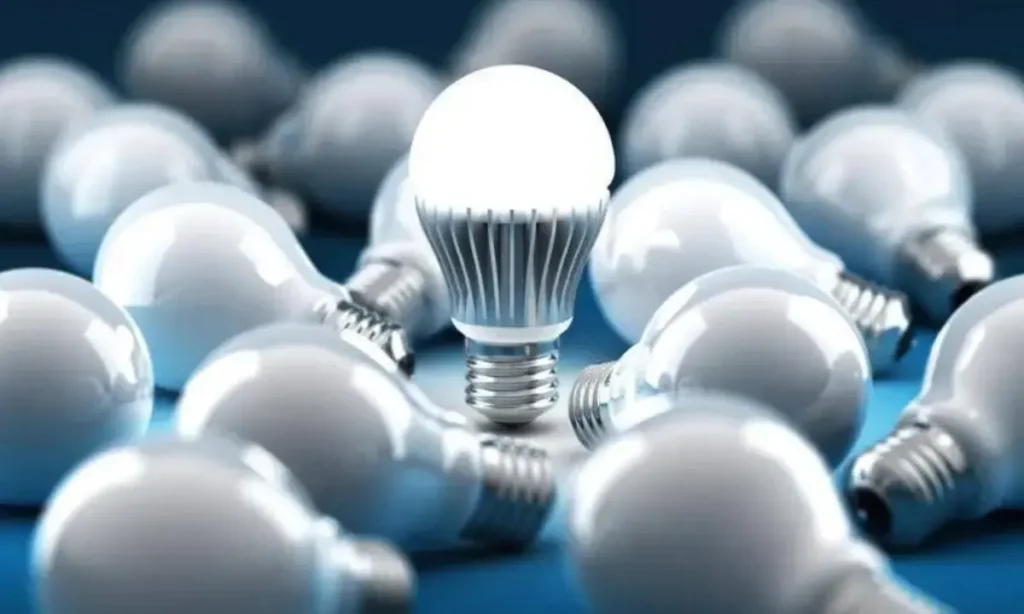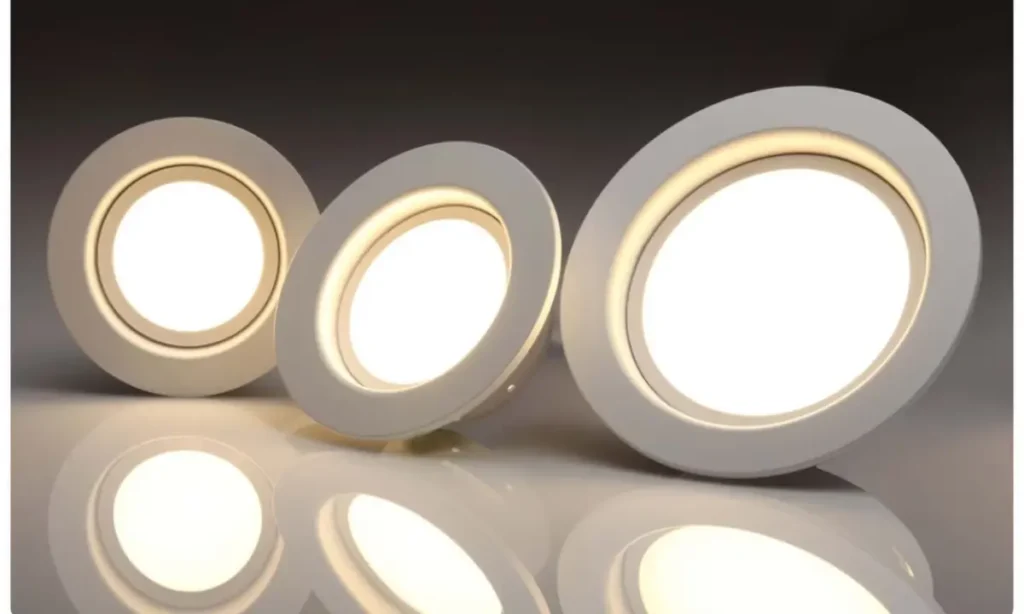Modern innovation centers on both intelligent technology and energy efficiency, including lighting infrastructure. LED lighting technology has become a breakthrough innovation that has transformed the entire lighting sector. LED lighting functions through semiconductor systems that generate light more efficiently than classic incandescent and fluorescent bulbs do.
People do not use LED lighting solely for fashion but because this marks a permanent path toward an illuminated sustainable and cheaper future. This blog analyses why LED lighting is the future to help you decide on upgrades whether you own a residence or run a business or need eco-friendly solutions.
Key Benefits and Energy Efficiency of LED Lighting

The outstanding features of LED lighting include low energy usage, together with extended operational duration and suitable function in numerous applications. Homeowners’ businesses and municipalities benefit from choosing LEDs as an ideal lighting solution because they combine lower energy consumption with excellent quality standards.
Longevity and Durability Compared to Traditional Bulbs
The main strength of LED lighting exists in its extensive operational lifespan. Traditional incandescent bulbs reach their lifetime of 1,000 hours before compact fluorescent lamps (CFLs) complete 8,000 hours yet LED lights function between 25,000 and 50,000 hours. LES lights reduce both waste production along with maintenance expenses throughout their extended usage period. Light-emitting diodes provide robustness against damage which makes them excelling for both residential installations and external applications.
Reduced Energy Consumption and Environmental Impact
LED lights remain energy-efficient because they consume approximately 80 percent less power than regular bulbs do. Energy consumption reductions due to LEDs lead directly to decreased carbon emissions together with lower environmental impact. The drawback of CFLs including mercury is non-existent in LEDs which contributes to safer environmental management of waste disposal.
Improved Light Quality and Versatility in Design
Both warm and bright levels of lighting are available through LED technology which enables users to select the exact temperature and brightness for each environment. LEDs serve architectural applications and decorative needs because they have small dimensions along with flexible design opportunities. The superior lighting experience comes from LEDs which can be installed in recessed lighting as well as under-cabinet illumination and smart home systems.
Cost Savings and How to Make the Switch to LED
The initial expense of LED lighting surpasses incandescent bulbs but their extended power savings prove LED lighting to be a financially beneficial choice. The long-term savings brought by LED lighting begin as soon as you transition because it cuts both electricity bills and maintenance costs.
Lower Electricity Bills and Maintenance Costs
LEDs require such low power consumption that people typically observe their energy bills decrease right after making the switch. The conversion of a single 60-watt incandescent light to a 10-watt LED reduces long-term costs dramatically. The longer service duration of LED lights enables decreased replacement and maintenance expenses, particularly when used in commercially challenging areas.
Available Rebates and Incentive Programs
Numerous local initiatives utility companies and governments provide rebates and incentives for the conversion to LED lighting in an effort to promote energy-efficient decisions. The initial cost of purchase and installation can be considerably reduced by these programs. Its worthwhile to look up any available LED rebate programs in your area online or by contacting your neighborhood energy supplier.
Simple Steps to Upgrade Your Current Lighting System

It’s not as hard as you might think to switch to LED lighting. Replace the lightbulbs in your kitchen hallway and outdoor areas fir,st as these are the ones that are used the most in your house or place of business. For optimum performance and energy savings, look for LEDs that have earned the Energy Star certification. For larger properties or commercial spaces,ces think about designing a complete LED lighting upgrade with the help of a lighting specialist. This guarantees the greatest possible energy savings and makes use of all available incentives.
Conclusion
Not just a fad LED lighting is a clever environmentally friendly solution with many advantages. LED technology is changing the way we think about lighting with its much lower energy consumption and environmental impact as well as its long-term cost savings and superior illumination. You are investing in an eco-friendlier efficient future without sacrificing performance or design by making the change now. LED lighting is the brilliant option of the future because of its unrivaled longevity readily available incentives and simple upgrade paths.
If you want to upgrade LED lightings or need professional electrical services contact us at Exclusive Electric Services to schedule your consultation our team specializes in energy-efficient services customized to your space.
FAQs
LED (Light Emitting Diode) is a very effective lighting technology that is used in electronic devices automobiles offices and homes.
Depending on the setup conventional wall switches remote controls or smart control systems can be used to turn off LED lights.
Due to their longevity and energy efficienc,y LEDs are slightly more expensive initially but end up being less expensive over time.




